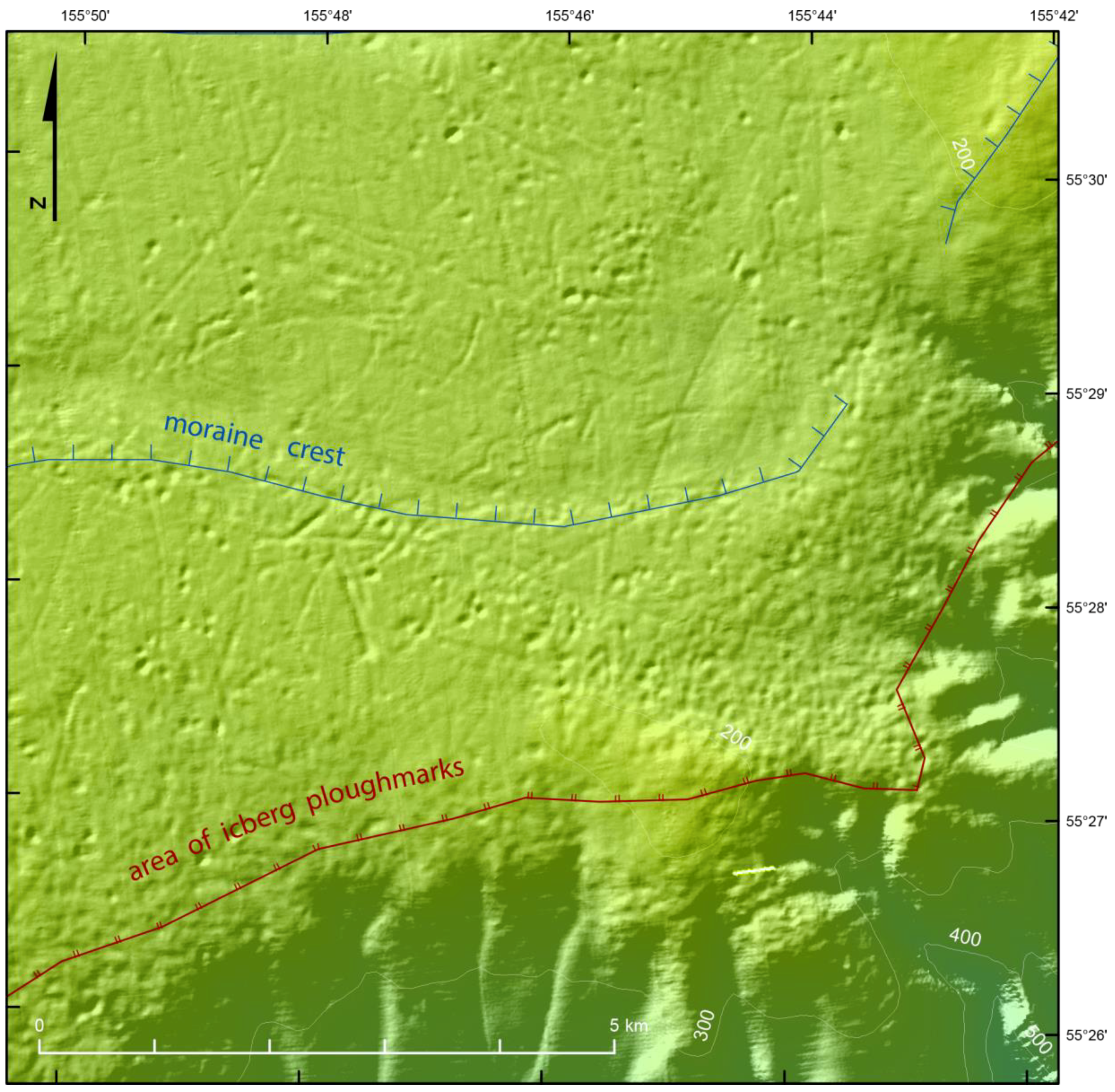- Psychology Remote Learning Mr Volkmar's Course Pages Pdf
- Psychology Remote Learning Mr Volkmar's Course Pages Free
- Psychology Remote Learning Mr Volkmar's Course Pages Page
- Psychology Remote Learning Mr Volkmar's Course Pages -
The summer sun shines brightly on a deserted stretch of beach. Suddenly, a tiny grey head emerges from the sand, then another and another. Soon the beach is teeming with loggerhead sea turtle hatchlings (Figure 1). Although only minutes old, the hatchlings know exactly what to do. Their flippers are not very efficient for moving across the hot sand, yet they continue onward, instinctively. Some are quickly snapped up by gulls circling overhead and others become lunch for hungry ghost crabs that dart out of their holes. Despite these dangers, the hatchlings are driven to leave the safety of their nest and find the ocean.
Not far down this same beach, Ben and his son, Julian, paddle out into the ocean on surfboards. A wave approaches. Julian crouches on his board, then jumps up and rides the wave for a few seconds before losing his balance. He emerges from the water in time to watch his father ride the face of the wave.
Unlike baby sea turtles, which know how to find the ocean and swim with no help from their parents, we are not born knowing how to swim (or surf). Yet we humans pride ourselves on our ability to learn. In fact, over thousands of years and across cultures, we have created institutions devoted entirely to learning. But have you ever asked yourself how exactly it is that we learn? What processes are at work as we come to know what we know? This module focuses on the primary ways in which learning occurs.
The single most useful book I bought back in the pre-internet era was Thom Hogan's Programmer's PC Sourcebook (1988), five hundred pages of compiled tables, being such things as byte listings of. Mr Volkmar's Course Pages. Home AP Psychology Resources World History. AP Psychology Remote Learning. AP Psychology Syllabus Fall 2020. Week of April 13th-17th Learning and Altered States Unit Assignments and Resources due Friday April 17th.
Module ReferencesAnderson, C. A., & Gentile, D. A. (2008). Media violence, aggression, and public policy. In E. Borgida & S. Fiske (Eds.), Beyond common sense: Psychological science in the courtroom (p. 322). Malden, MA: Blackwell.
Bandura, A., Ross, D., & Ross, S. A. (1961). Transmission of aggression through imitation of aggressive models. Journal of Abnormal and Social Psychology, 63, 575–582.
Cangi, K., & Daly, M. (2013). The effects of token economies on the occurrence of appropriate and inappropriate behaviors by children with autism in a social skills setting. West Chester University: Journal of Undergraduate Research. Retrieved from http://www.wcupa.edu/UndergraduateResearch/journal/documents/cangi_S2012.pdf

Carlson, L., Holscher, C., Shipley, T., & Conroy Dalton, R. (2010). Getting lost in buildings. Current Directions in Psychological Science, 19(5), 284–289.
Cialdini, R. B. (2008). Influence: Science and practice (5th ed.). Boston, MA: Pearson Education.
Chance, P. (2009). Learning and behavior (6th ed.). Belmont, CA: Wadsworth, Cengage Learning.
DeAngelis, T. (2010). ‘Little Albert’ regains his identity. Monitor on Psychology, 41(1), 10.
Franzen, H. (2001, May 24). Gambling, like food and drugs, produces feelings of reward in the brain. Scientific American [online]. Retrieved from http://www.scientificamerican.com/article.cfm?id=gamblinglike-food-and-dru
Fryer, R. G., Jr. (2010, April). Financial incentives and student achievement: Evidence from randomized trials. National Bureau of Economic Research [NBER] Working Paper, No. 15898. Retrieved from http://www.nber.org/papers/w15898
Garcia, J., & Koelling, R. A. (1966). Relation of cue to consequence in avoidance learning. Psychonomic Science, 4, 123–124.
Garcia, J., & Rusiniak, K. W. (1980). What the nose learns from the mouth. In D. Müller-Schwarze & R. M. Silverstein (Eds.), Chemical signals: Vertebrates and aquatic invertebrates (pp. 141–156). New York, NY: Plenum Press.
Gershoff, E. T. (2002). Corporal punishment by parents and associated child behaviors and experiences: A meta-analytic and theoretical review. Psychological Bulletin, 128(4), 539–579. doi:10.1037//0033-2909.128.4.539
Gershoff, E.T., Grogan-Kaylor, A., Lansford, J. E., Chang, L., Zelli, A., Deater-Deckard, K., & Dodge, K. A. (2010). Parent discipline practices in an international sample: Associations with child behaviors and moderation by perceived normativeness. Child Development, 81(2), 487–502.
Hickock, G. (2010). The role of mirror neurons in speech and language processing. Brain and Language, 112, 1–2.
Psychology Remote Learning Mr Volkmar's Course Pages Pdf
Holmes, S. (1993). Food avoidance in patients undergoing cancer chemotherapy. Support Care Cancer, 1(6), 326–330.
Hunt, M. (2007). The story of psychology. New York, NY: Doubleday.
Huston, A. C., Donnerstein, E., Fairchild, H., Feshbach, N. D., Katz, P. A., Murray, J. P., . . . Zuckerman, D. (1992). Big world, small screen: The role of television in American society. Lincoln, NE: University of Nebraska Press.
Hutton, J. L., Baracos, V. E., & Wismer, W. V. (2007). Chemosensory dysfunction is a primary factor in the evolution of declining nutritional status and quality of life with patients with advanced cancer.
Journal of Pain Symptom Management, 33(2), 156–165.
Psychology Remote Learning Mr Volkmar's Course Pages Free
Illinois Institute for Addiction Recovery. (n.d.). WTVP on gambling. Retrieved from http://www.addictionrecov.org/InTheNews/Gambling/
Jacobsen, P. B., Bovbjerg, D. H., Schwartz, M. D., Andrykowski, M. A., Futterman, A. D., Gilewski, T., . . . Redd, W. H. (1993). Formation of food aversions in cancer patients receiving repeated infusions of chemotherapy. Behaviour Research and Therapy, 31(8), 739–748.
Kirsch, SJ (2010). Media and youth: A developmental perspective. Malden MA: Wiley Blackwell.
Lefrançois, G. R. (2012). Theories of human learning: What the professors said (6th ed.). Belmont, CA: Wadsworth, Cengage Learning.
Miller, L. E., Grabell, A., Thomas, A., Bermann, E., & Graham-Bermann, S. A. (2012). The associations between community violence, television violence, intimate partner violence, parent-child aggression, and aggression in sibling relationships of a sample of preschoolers. Psychology of Violence, 2(2), 165–78. doi:10.1037/a0027254
Murrell, A., Christoff, K. & Henning, K. (2007) Characteristics of domestic violence offenders: associations with childhood exposure to violence. Journal of Family Violence, 22(7), 523-532.
Pavlov, I. P. (1927). Conditioned reflexes: An investigation of the physiological activity of the cerebral cortex (G. V. Anrep, Ed. & Trans.). London, UK: Oxford University Press.
Psychology Remote Learning Mr Volkmar's Course Pages Page
Rizzolatti, G., Fadiga, L., Fogassi, L., & Gallese, V. (2002). From mirror neurons to imitation: Facts and speculations. In A. N. Meltzoff & W. Prinz (Eds.), The imitative mind: Development, evolution, and brain bases (pp. 247–66). Cambridge, United Kingdom: Cambridge University Press.
Rizzolatti, G., Fogassi, L., & Gallese, V. (2006, November). Mirrors in the mind. Scientific American [online], pp. 54–61.
Roy, A., Adinoff, B., Roehrich, L., Lamparski, D., Custer, R., Lorenz, V., . . . Linnoila, M. (1988). Pathological gambling: A psychobiological study. Archives of General Psychiatry, 45(4), 369–373. doi:10.1001/archpsyc.1988.01800280085011
Skinner, B. F. (1938). The behavior of organisms: An experimental analysis. New York, NY: Appleton-Century-Crofts.
Psychology Remote Learning Mr Volkmar's Course Pages -
Skinner, B. F. (1953). Science and human behavior. New York, NY: Macmillan.
Skinner, B. F. (1961). Cumulative record: A selection of papers. New York, NY: Appleton-Century-Crofts.
Skinner’s utopia: Panacea, or path to hell? (1971, September 20). Time [online]. Retrieved from http://www.wou.edu/~girodm/611/Skinner%27s_utopia.pdf
Skolin, I., Wahlin, Y. B., Broman, D. A., Hursti, U-K. K., Larsson, M. V., & Hernell, O. (2006). Altered food intake and taste perception in children with cancer after start of chemotherapy: Perspectives of children, parents and nurses. Supportive Care in Cancer, 14, 369–78.
Thorndike, E. L. (1911). Animal intelligence: An experimental study of the associative processes in animals. Psychological Monographs, 8.
Tolman, E. C., & Honzik, C. H. (1930). Degrees of hunger, reward, and non-reward, and maze performance in rats. University of California Publications in Psychology, 4, 241–256.

Tolman, E. C., Ritchie, B. F., & Kalish, D. (1946). Studies in spatial learning: II. Place learning versus response learning. Journal of Experimental Psychology, 36, 221–229. doi:10.1037/h0060262
Watson, J. B. & Rayner, R. (1920). Conditioned emotional reactions. Journal of Experimental Psychology, 3, 1–14.
Watson, J. B. (1919). Psychology from the standpoint of a behaviorist. Philadelphia, PA: J. B. Lippincott.
Yamamoto, S., Humle, T., & Tanaka, M. (2013). Basis for cumulative cultural evolution in chimpanzees: Social learning of a more efficient tool-use technique. PLoS ONE, 8(1): e55768. doi:10.1371/journal.pone.0055768
This tenth anniversary edition of Knud Illeris’s classic 2008 text is an updated and definitive collection of today’s most influential learning theorists, now containing additional chapters from John Hattie and Gregory Donoghue, Sharan ...
Author: Knud Illeris
Publisher: Routledge
ISBN: 9781351377034
Category: Education
Page: 266

View: 619
This tenth anniversary edition of Knud Illeris’s classic 2008 text is an updated and definitive collection of today’s most influential learning theorists, now containing additional chapters from John Hattie and Gregory Donoghue, Sharan Merriam, Gert Biesta and Carolyn Jackson. This book brings together world-renowned experts, who each present their understanding of what learning is and how human learning takes place, addressing the social, psychological and emotional contexts of learning. In this clear and coherent overview, Professor Knud Illeris has collated chapters that explain both the complex frameworks in which learning takes place and the specific facets of learning. Each international expert provides either a seminal text or an entirely new précis of the conceptual framework they have developed over a lifetime of study, such as adult learning theory, learning strategies, and the cultural and social nature of learning processes. Elucidating the key concepts of learning, Contemporary Theories of Learning provides both the perfect desk reference and an ideal introduction for students; it is an invaluable resource for all researchers and academics involved in the study of learning, and provides a detailed synthesis of current learning theories... all in the words of the theorists themselves.
